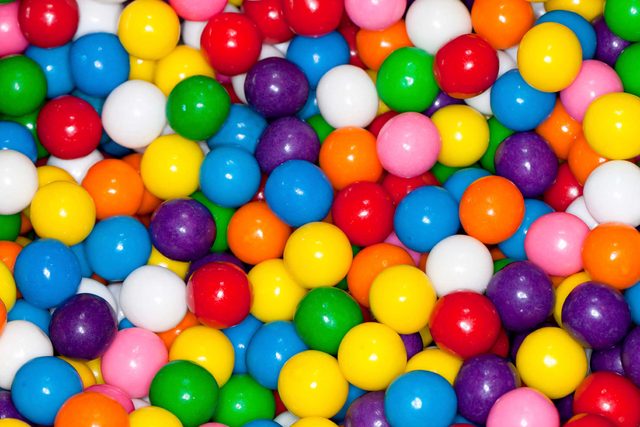
How is chewing gum made?
Gum’s main ingredients: latex—as in latex rubber. It originally came from the sap of rubber trees, but most gums contain only 10 to 20 percent natural rubber. The rest are synthetic, with tasty names like butadiene-styrene rubber, polyethylene, and polyvinyl acetate. To make gum, the latex is ground, dried, and melted into a syrup. Then it’s filtered, and flavorings and softeners are added. The mixture is kneaded for several hours before it’s rolled out, cut into strips, and packaged. Chewing gum happens to be a good natural remedy for heartburn. Here are some other surprising natural heartburn remedies.
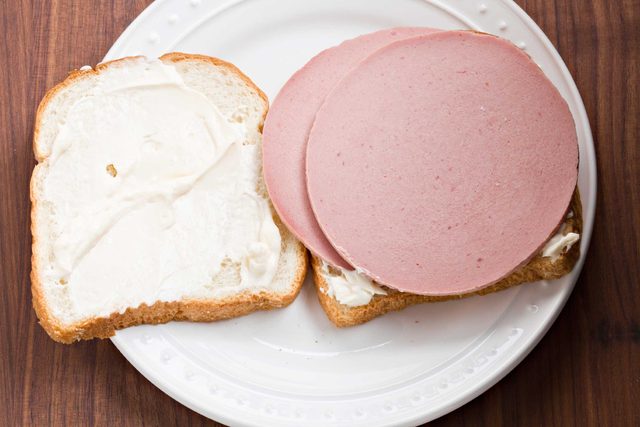
How is bologna made?
Supermarket bologna really earns its “mystery meat” reputation. The process begins with unused bits of beef, pork, and sometimes poultry. Which bits? That’s the mystery. Whatever it is, it gets ground up and liquefied into a paste, and a blend of spices (also a secret) is added. The pasty concoction is extruded into a casing, then boiled or smoked, sliced, and packaged.

How are Pringles made?
Why do Pringles say “potato crisps” and not “potato chips”? Because to achieve the uniform, stackable shape, Pringles are made from pressed dough rather than sliced potatoes. Dried potato flakes, corn and rice flour, wheat starch, and oils are mixed together to make dough, and then it’s rolled out, cut, cooked in oil, and dried. The 42-percent potato crisps are then sprayed with flavoring and packed into the iconic tubes. (You won’t believe these clever tricks food stylists use to make food look even tastier.)
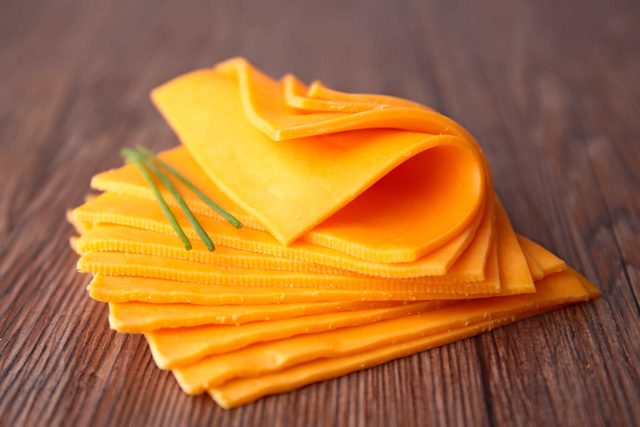
How are cheese slices made?
The next time you buy plastic-wrapped cheese slices, check to see if the label says “pasteurized process cheese” (which contains 80 to 85 percent natural cheese) or “pasteurized process cheese food” (as low as 51 percent cheese). Processed cheese is a blend of natural cheese like cheddar or Colby, oils, and milk fat. The cheese is heated to its melting point and then mixed with oil and emulsifiers, an additive that makes the slice melt evenly on a burger. Then the mixture is re-formed into blocks and cooled, cut into slices, and packaged. Here are more secrets food manufacturers don’t want to tell you.
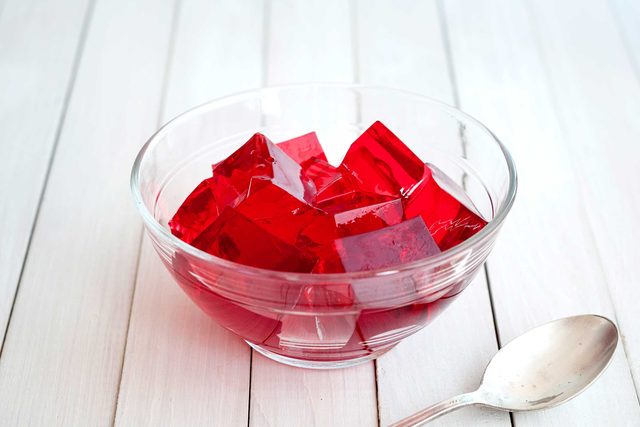
How is gelatin made?
Used as a thickener in foods like Jell-O and marshmallows, gelatin is essentially collagen, the protein found in connective tissue. But it’s not made from horns and hooves, as is often thought (although what it comes from isn’t much better). Pig and cow bones and skin are broken down in hot water or acid and then dried, refined, and purified into gelatin. For use as a thickener, the gelatin is ground into granules or powder.
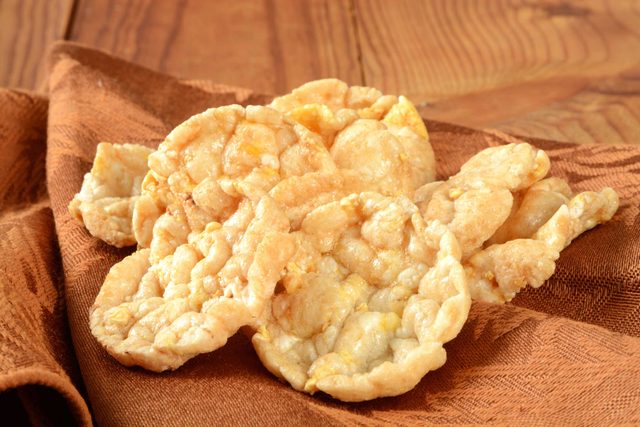
How are rice cakes made?
Moistened rice is placed in a mold that gets heated and then pressurized in a vacuum. After 8 to 10 seconds, the rice explodes like popcorn. Once it’s popped, flavors are sprayed on and dried before the cakes are packaged. (Ever have a rice cake with an unappetizing texture? It either had too much air, not enough rice, or too much moisture when it was popped.) (By the way, here are some things fast food workers will never tell you.)
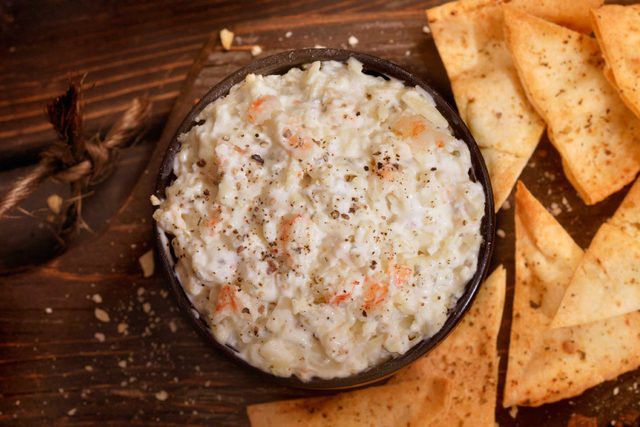
How is imitation crabmeat made?
Fake crabmeat is fish… mostly. The fish part is usually Alaska pollock or walleye pollock. After the fish is cleaned, it’s minced and mixed with starch, salt, a bit of real crabmeat, egg white, and flavoring. Then the mixture is ground into a paste, which is pressed into sheets and cooked. To give it that crabby look, the sheets are cut into thin strands, and it’s colored. The “crabmeat” is cooked one more time and vacuum packed.
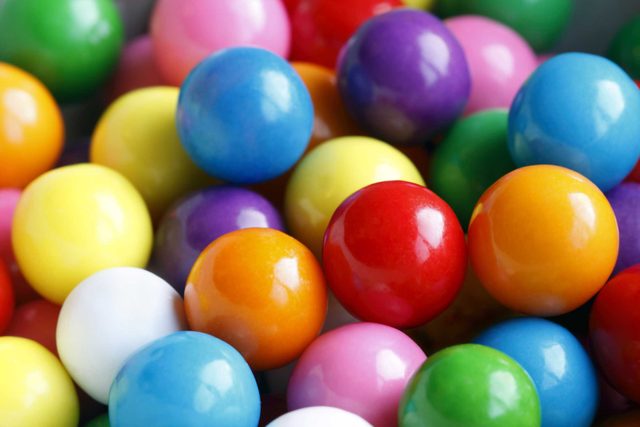
How are jawbreakers made?
The main ingredient: granulated sugar. It’s poured into a round kettle that rotates over heat. The second ingredient: liquid sugar. A worker called a “panner” pours it into the kettle; it sticks to the granulated sugar, and balls start to form. The panner continues to add liquid sugar off and on for 14 to 19 days, pouring as many as 100 coats into the rotating kettle. When the jawbreakers are nearly full size, color and flavor are added. Finally, the sugar balls are spun in polishing pan with a food-grade wax, separated into batches, and bagged. (You’d never guess these things your restaurant server won’t tell you.)
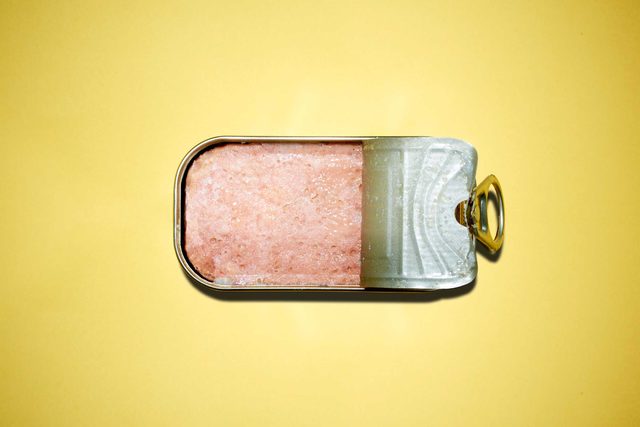
How is Spam made?
Once short for “SPiced hAM,” today only 10 percent of Spam is actually ham (along with sugar, potato starch, and spices). The other 90 percent: pork shoulder meat. Hormel, which has made Spam since the 1930s, says it’s short for “Shoulder of Pork and hAM.” (The pink color comes from the preservative sodium nitrate.) The meat is ground, then dropped below freezing before the other ingredients are added. It’s mixed in a machine with an airtight seal to keep the amount of water released during the process low; too much water leads to a lot of gelatin. The uncooked mixture is plopped into cans, which are sealed, and then the entire can is cooked in hot water. Over 122 millions cans of Spam are sold every year.
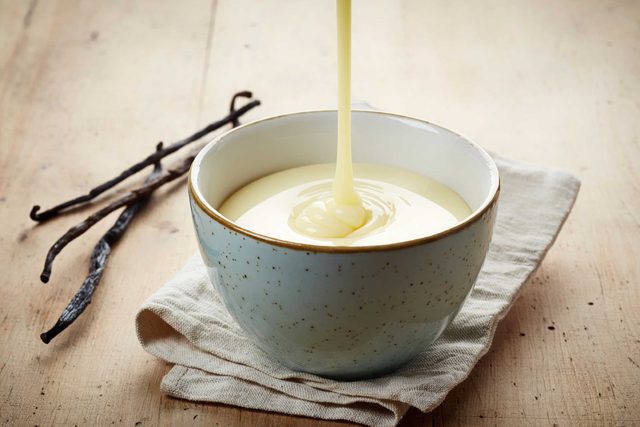
How is evaporated and condensed milk made?
To extend its shelf life, milk is “evaporated”: pasteurized, put at a pressure lower than atmospheric pressure, and then boiled. This vacuum evaporation process concentrates the milk to 30 to 40 percent solids, which delays spoiling. Then it’s homogenized (to keep cream from separating to the top), and a stabilizing salt and vitamin D are added before it’s sealed in cans. The difference between evaporated and condensed: Condensed milk is evaporated milk with lots of sugar added. (We bet you didn’t know these dirty restaurant secrets the kitchen won’t tell you.)
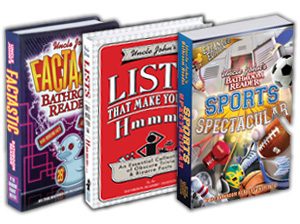
Looking for more amazing facts and good laughs?
Check out the latest Uncle John’s Bathroom Reader® titles at bathroomreader.com.
